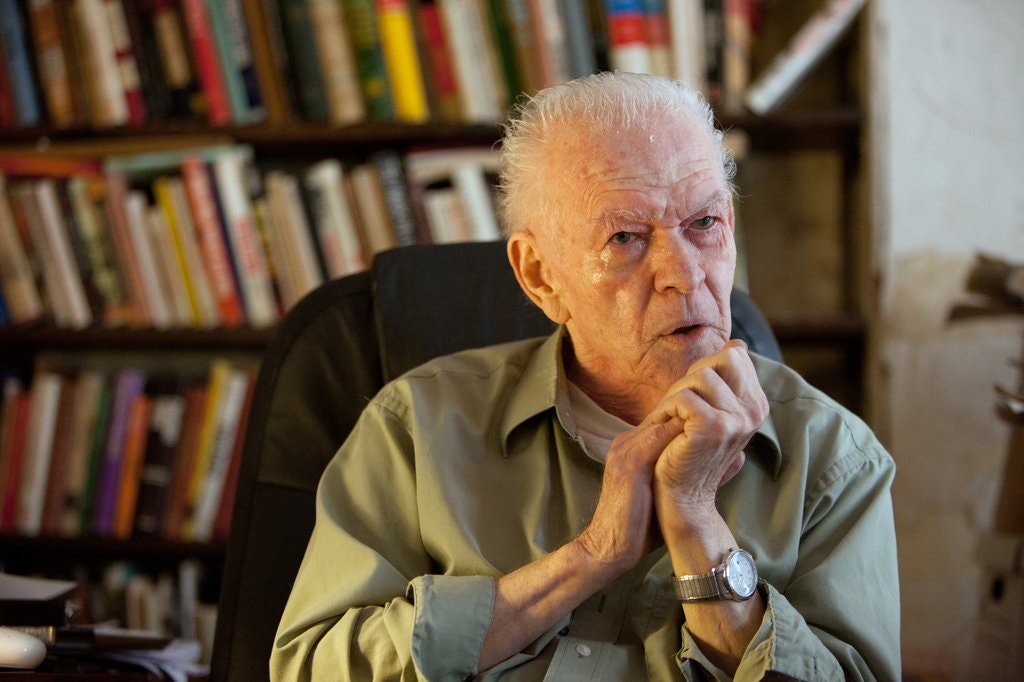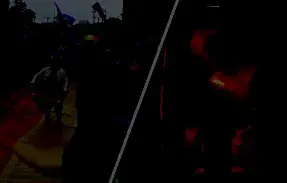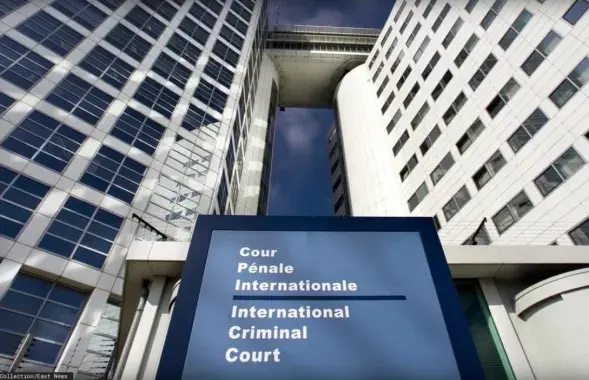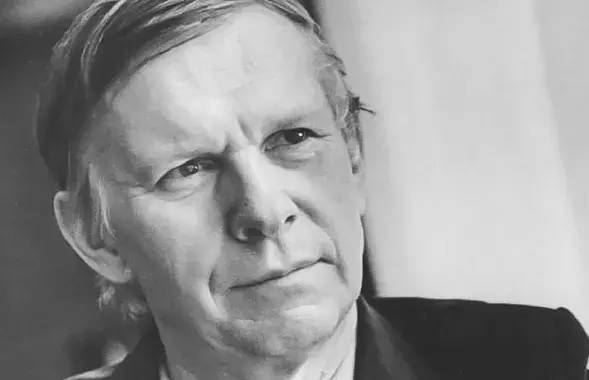Americans or Russians? Who wrote the manual Lukashenka mentioned?
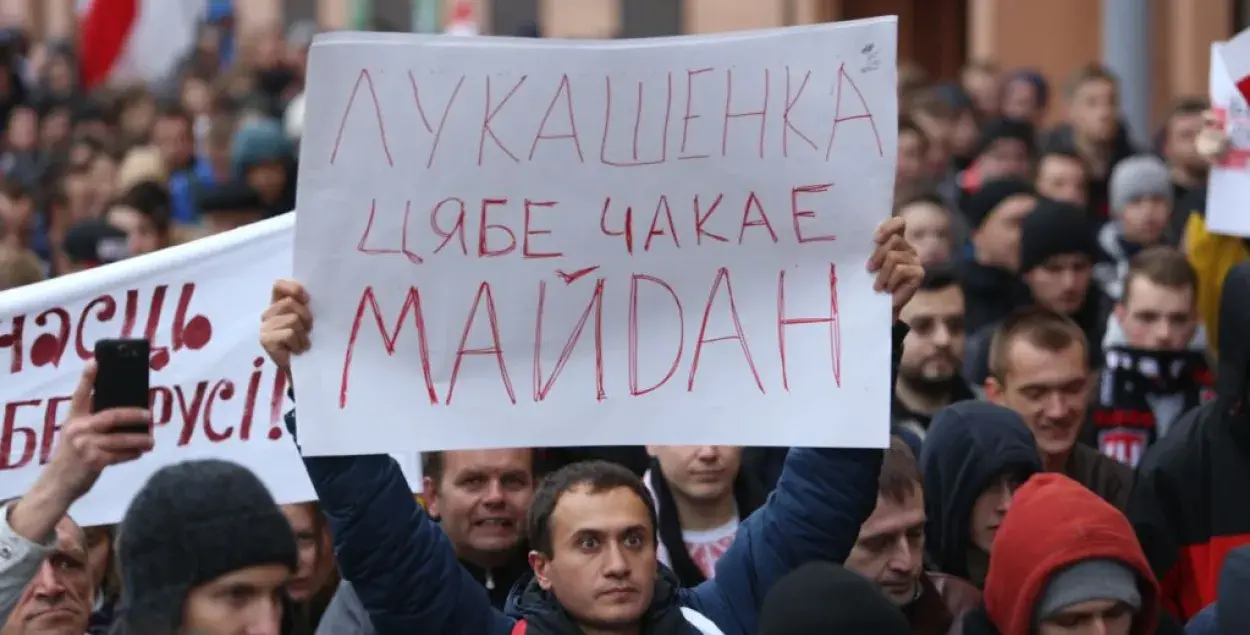
Protests in Minsk / Radio Liberty
"They have already gone through seven or eight stages according to this manual of "color revolutions". There is very little left, the next stage is radicalization," said Alyaksandr Lukashenka about the protesters on October 27 at a meeting to prepare for the All-Belarusian People's Assembly.
Lukashenka did not specify what kind of "manual" he meant. But earlier, in connection with the "color revolutions," he mentioned Gene Sharp, the author of the book “From Dictatorship to Democracy".
Euroradio compared its main provisions and other literature on the topic with what is happening in Belarus and what Lukashenka is talking about. It looks like the Belarusian authorities would rather squeeze the protests into some kind of "manuals" than rely on specific facts.
Insidious Americans
American scientist Gene Sharp is mentioned both in Russia and in Belarus with or without reason. Propaganda presents his book as a kind of "textbook" on organizing revolutions.
"A real system with real guidelines. This is what Sharp's work is called. It's like an instruction manual for household appliances. Turned on, used, cleaned, and it works on. Some practices are repeatedly used as a carbon copy, just like people who have already gained experience of similar actions in other countries of the world," the Belarus 1 TV said back in summer to scare Belarusians.
The search of the Belteleradiocompany and ONT websites shows that Belarusian television began to use Sharp's name as a horror story only this summer. "Belarus Today" is more advanced in this regard: they wrote about Sharp back in 2012. But since the end of spring, the number of references to the scientist there has noticeably increased.
In September, Sharp was also mentioned by Lukashenka for the first time:

"The organizers' tactics were based on the classic American textbook of "color revolutions". This is the well-known Gene Sharp. Now we can look back and analyze in detail all the stages of the scenario for the destruction of our country, which we, fortunately, did not and will not allow to be realized".
At the same time, Lukashenka mentioned seven stages of the "color revolution": preparatory, parliamentary elections, preparations for the presidential elections, presidential campaign, an attempt at Maidan scenario, post-election protest, an attempt to legalize the infrastructure of changes.
The nuance is that on October 27 Lukashenka announced that "seven-eight" stages out of the seven mentioned earlier had been passed. But the parliamentary elections of 2019 passed virtually imperceptibly for the country, and he had not previously mentioned "radicalization" at all. This remark does not even match Lukashenka’s own idea of Sharp’s work previously voiced.
And in Sharp's book, these stages are nowhere to be found. Strictly speaking, it does not indicate any stages at all, and propaganda most often points to a list of 198 methods of nonviolent struggle - from petitions to strikes - that were not invented by Sharp at all.
Another American, former US ambassador to Russia and Stanford researcher Michael McFaul, also studied the stages of revolutions. And he counted seven of them, including the low popularity of the president and the split in the elites. But there are also no coincidences with what Lukashenka listed.
An internet search of the stages mentioned in September by Lukashenka did not reveal any sources other than himself.
Or are these Russian "scientists"?
The Russian Agency for Social Engineering has also studied the "stages" of revolutions. There is radicalization on their list. Although other stages do not coincide with what Lukashenka announced.
There are nine stages in their list, from "information explosion" to "seizure of power." That is, if Lukashenka relies precisely on these data, then practically all stages, except the last ones, have really already been passed.
The background of the agency reviewing the "stages" is particularly interesting. For example, in 2019 it warned about "the creation of an anti-Russian Belarusian state idea". The structure itself was created the same year "on the initiative of public figures and the youth parliament of the State Duma of the Russian Federation". The head of the organization, Anton Davidchenko, organized "Anti-Maidan" in Odessa in 2014, but after the victory of the Revolution of Dignity, he emigrated to Russia. And he concentrated on fighting the "color revolutions".
By the way, Belarus 1 TV refers to Davidchenko in one of the first programs about attempts to organize a coup in the country. He also appeared in the materials of the propaganda site "Politring" and on the sites of odious Russian publications.
Or maybe it is Belarusian know-how?
It is quite possible that Lukashenka relies in his words on the data prepared by Belarusian analysts. The Belarusian Institute for Strategic Studies (BISS) was created in Belarus in February 2019 and conceived as a state "thought factory" for a reason.
There are no BISS analysts or scientific papers of its employees on this topic in the public domain. However, it is very likely that such an analysis was made by a "domestic manufacturer". Thus, it is not about the "export of revolution" by insidious foreigners, but about an attempt to convince people about the existence of some puppeteers and screenwriters behind the backs of the protesters.
